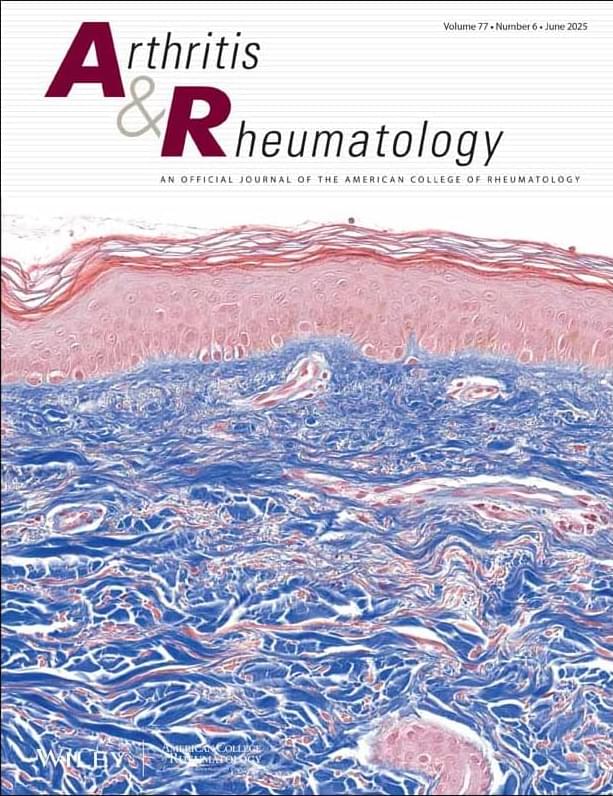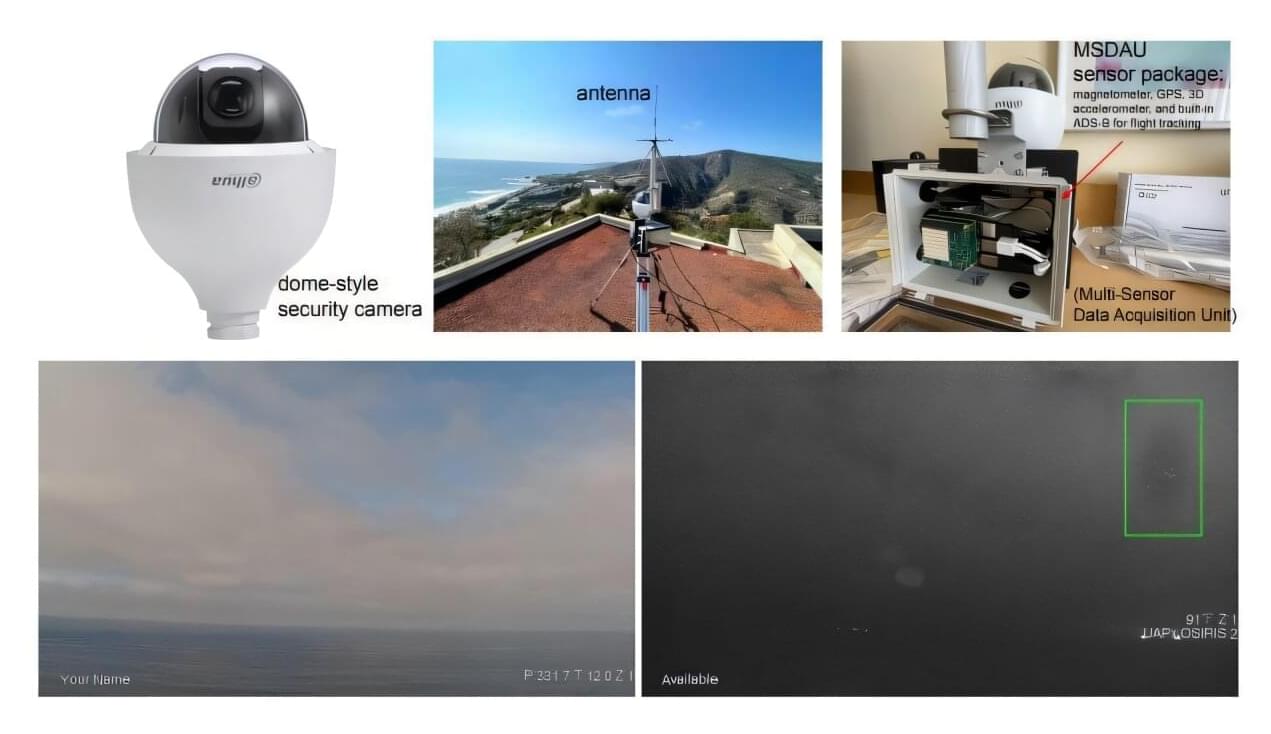In this episode, host Hannah Fry is joined by Max Jaderberg and Rebecca Paul of Isomorphic Labs to explore the future of drug discovery in the age of AI. They discuss how new technology, particularly AlphaFold 3, is revolutionizing the field by predicting the structure of life’s molecules, paving the way for faster and more efficient drug discovery.
They dig into the immense complexities of designing new drugs: How do you find the right molecular key for the right biological lock? How can AI help scientists understand disease better and overcome challenges like drug toxicity? And what about the diseases that are currently considered “undruggable”? Finally, they explore the ultimate impact of this technology, from the future of personalized medicine to the ambitious goal of being able to eventually design treatments for all diseases.
Further reading:
AlphaFold 3: https://www.nature.com/articles/s41586-024-07487-w.
AlphaFold Server: https://alphafoldserver.com/
Isomorphic Labs: https://www.isomorphiclabs.com/
AlphaFold 3 code and weights: https://github.com/google-deepmind/alphafold3
Timecodes:
00:00 Intro.
02:11 AI & Disease.
05:30 AI in Biology.
06:51 Molecules and Proteins.
12:05 AlphaFold 3
14:40 Demo.
16:20 Human-AI collaboration.
24:30 Drug Design Challenges.
39:00 Beyond Animal Models.
44:35 AI Drug Future.
46:30 Outro.
Thanks to everyone who made this possible, including but not limited to:









